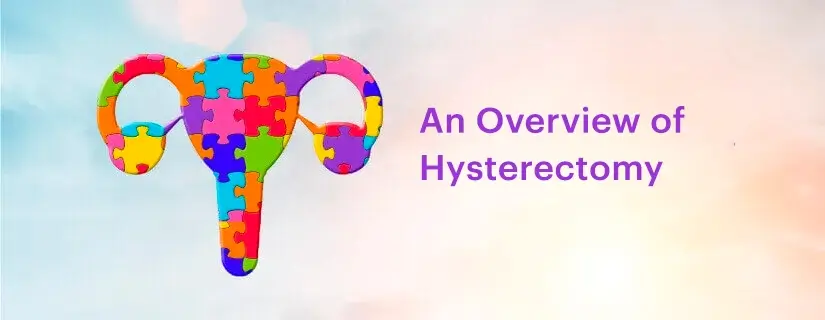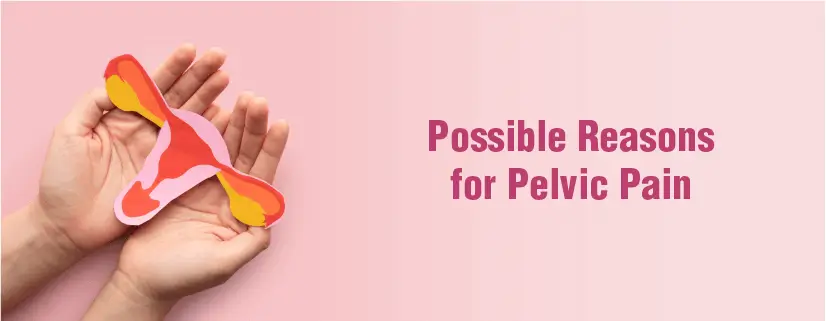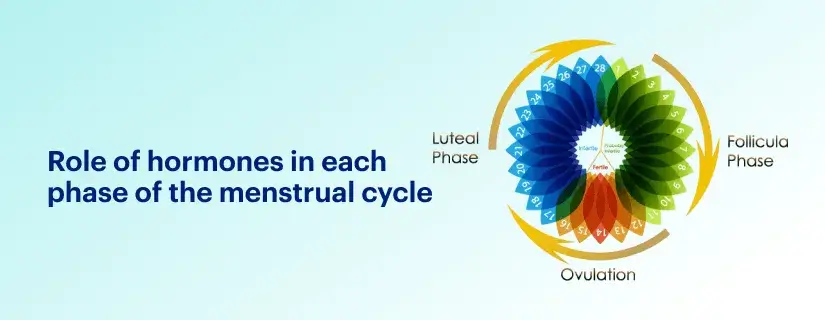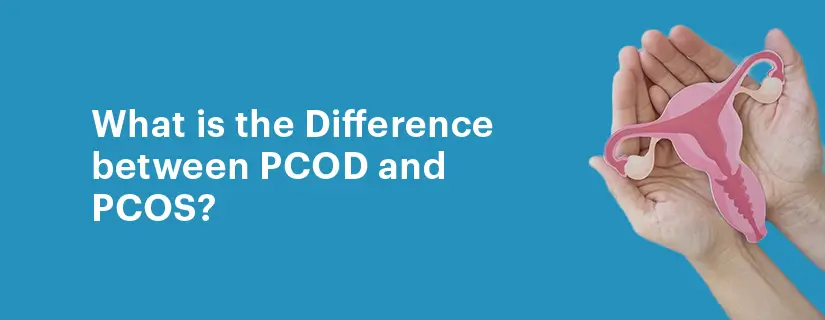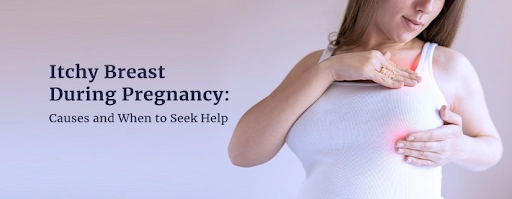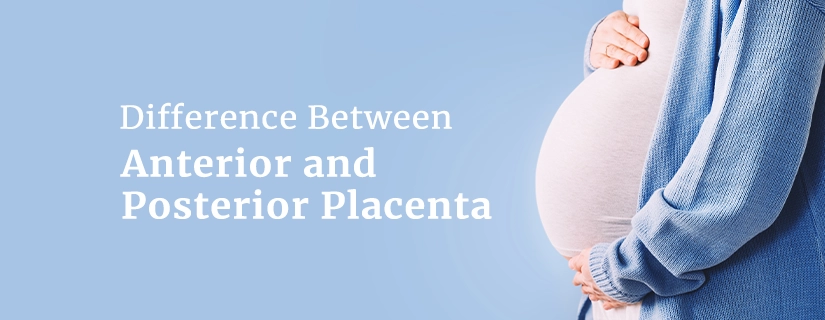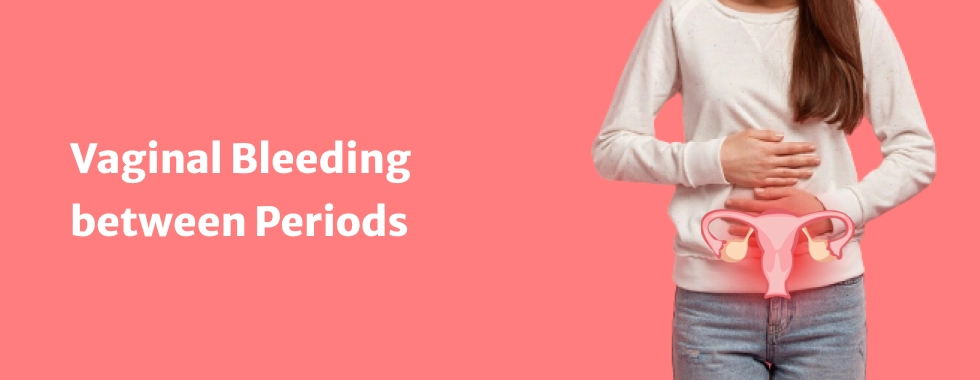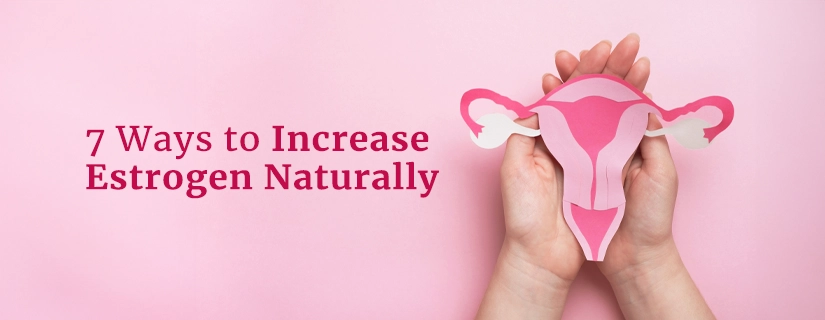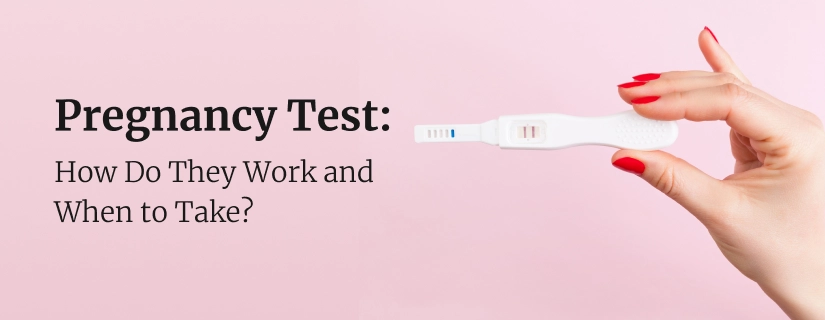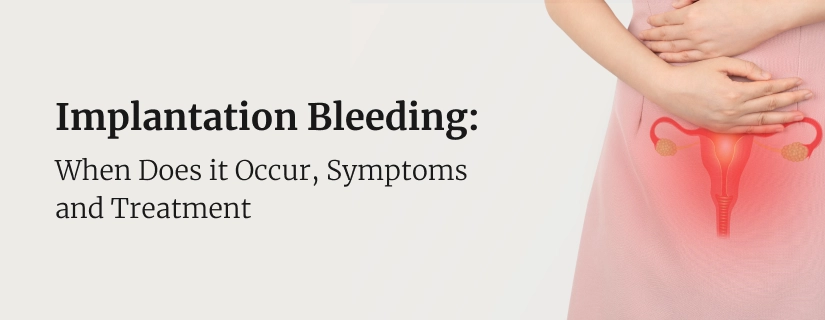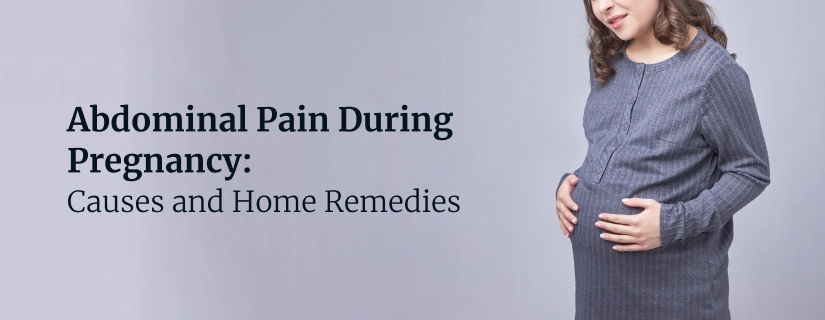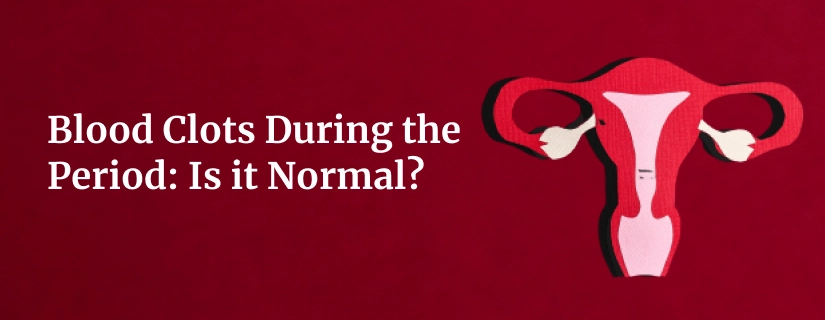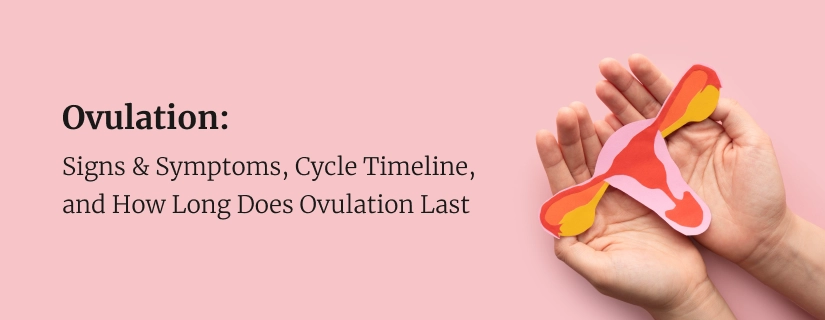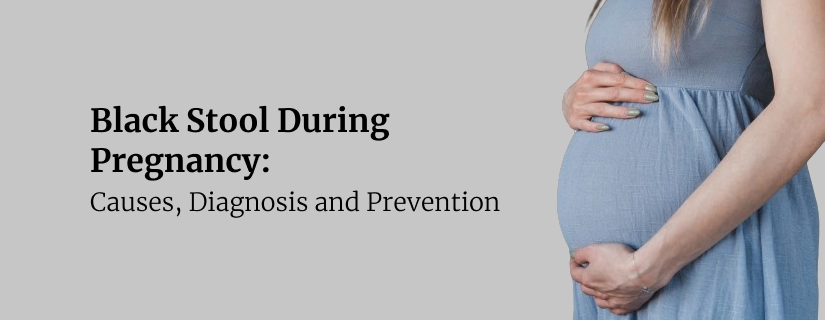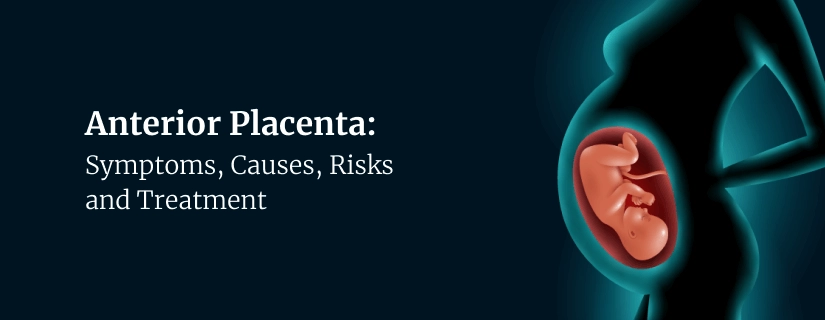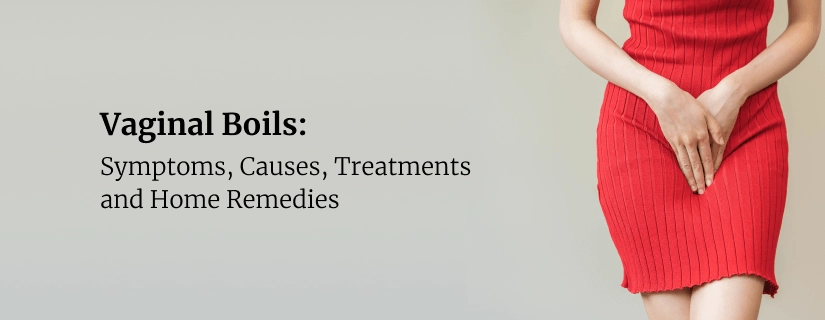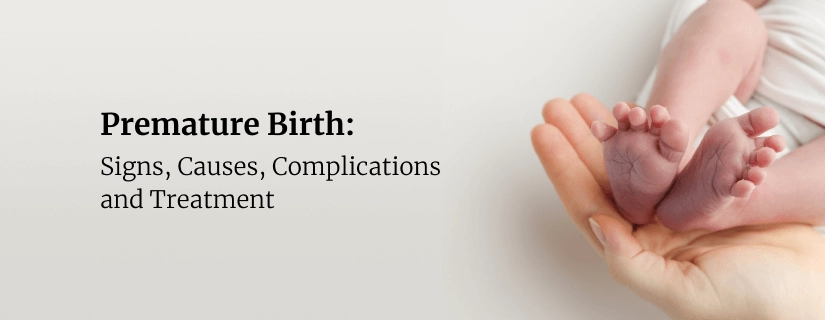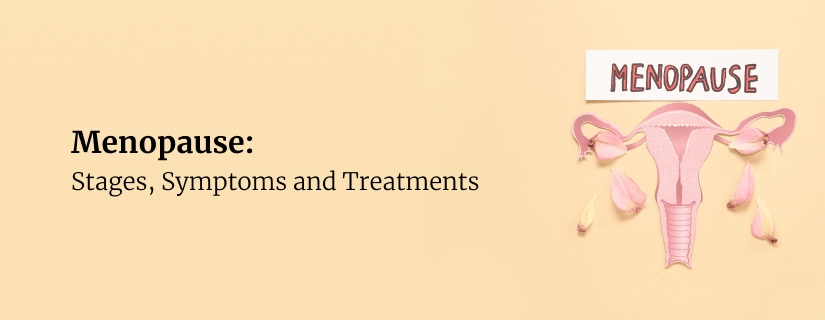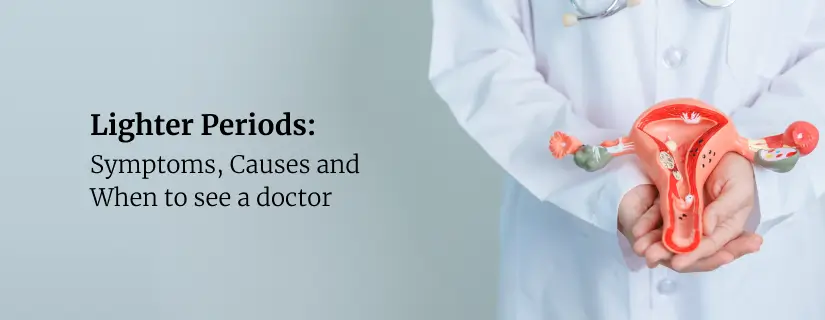-
Doctors
-
Specialities & Treatments
Centre of Excellence
Specialties
Treatments and Procedures
Hospitals & Directions HyderabadCARE Hospitals, Banjara Hills CARE Outpatient Centre, Banjara Hills CARE Hospitals, HITEC City CARE Hospitals, Nampally Gurunanak CARE Hospitals, Musheerabad CARE Hospitals Outpatient Centre, HITEC City CARE Hospitals, Malakpet
HyderabadCARE Hospitals, Banjara Hills CARE Outpatient Centre, Banjara Hills CARE Hospitals, HITEC City CARE Hospitals, Nampally Gurunanak CARE Hospitals, Musheerabad CARE Hospitals Outpatient Centre, HITEC City CARE Hospitals, Malakpet Raipur
Raipur
 Bhubaneswar
Bhubaneswar Visakhapatnam
Visakhapatnam
 Nagpur
Nagpur
 Indore
Indore
 Chh. Sambhajinagar
Chh. SambhajinagarClinics & Medical Centers
Book an AppointmentContact Us
Online Lab Reports
Book an Appointment
Consult Super-Specialist Doctors at CARE Hospitals
Cervical Cerclage: Types, Procedures, Precautions and Risks
Updated on 18 February 2025
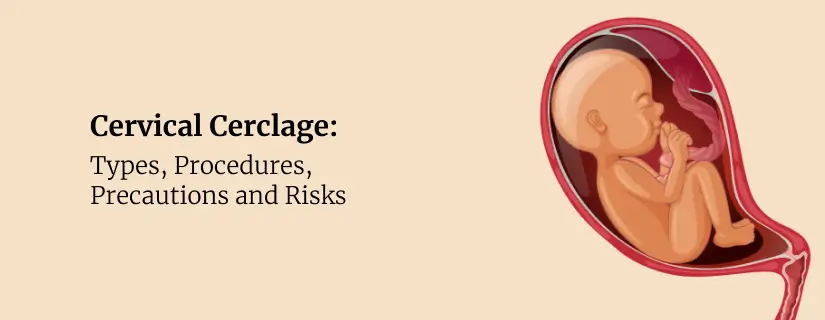
For expectant mothers facing the risk of preterm birth, every medical advancement that can help carry a pregnancy to full term becomes crucial. Cervical cerclage stands as one of the most effective medical interventions for preventing premature births in women with cervical insufficiency (weakened cervix).
This comprehensive guide explores everything about cervical cerclage operations, from understanding the procedure and cervical cerclage indications to recovery guidelines and potential risks. You will understand when this intervention might be necessary, what to expect during the procedure, and essential post-operative care instructions.
What is Cervical Cerclage?
Cervical cerclage is a common surgical procedure that involves placing sutures or synthetic tape to reinforce the cervix during pregnancy. This medical intervention aims to maintain the structural integrity of the cervix to prolong gestation and prevent preterm birth.
The following are two main cervical cerclage types:
- Transvaginal Cerclage: The most common approach where stitches are placed through the vagina
- Transabdominal Cerclage: Involves an abdominal incision to reach the cervix, performed either through open surgery or laparoscopy
The surgical stitches provide additional support by securely closing the cervix throughout pregnancy. This reinforcement is particularly crucial for women with cervical insufficiency, a condition where the cervix begins to dilate without contractions, typically leading to second-trimester delivery.
Doctors typically perform cervical cerclage between 12 to 14 weeks of pregnancy before the cervix begins to thin out. The timing is critical as it allows for optimal cervical support during the crucial stages of pregnancy development.
Why is Cervical Cerclage Performed?
There are three well-established indications for cervical cerclage placement:
- History-indicated (Prophylactic): Recommended for women with one or more second-trimester pregnancy losses related to painless cervical dilation without labour or placental complications
- Ultrasound-indicated: Considered when the cervical length is less than 25mm before 24 weeks of gestation in women with previous spontaneous losses or preterm births
- Physical Examination-indicated: Also known as emergency cerclage, performed for patients with advanced cervical dilation before 24 weeks, provided there are no contractions or infections
Past surgical procedures, such as LEEP operations or other cervical tissue surgeries, can lead to cervical weakness, necessitating cerclage. Additionally, women with previous miscarriages due to uterine abnormalities or cervical damage may benefit from this intervention.
Procedure Details
- Before the Procedure: The preparation for a cervical cerclage begins with a thorough medical assessment. The gynaecologist reviews the patient's medical history, followed by a detailed cervical examination and transvaginal ultrasound to evaluate the cervical condition.
- During the Procedure: The surgical team will position the patient on the table, similarly to a routine gynaecological examination. Doctors administer appropriate anaesthesia to ensure comfort throughout the procedure. Using strong sutures, the surgeon carefully stitches the cervix closed, securing it firmly to prevent premature dilation.
- Recovery and Aftercare: Following the procedure, patients typically remain under observation for several hours to monitor for any immediate complications. Most women experience mild cramping and light bleeding for up to three days post-procedure. Key precautions after cervical cerclage include:
- Wearing sanitary pads and avoiding tampons
- Getting adequate rest, preferably lying on the left side
- Maintaining proper hydration and regular bladder emptying
- Avoiding strenuous activities for at least 2-3 days
- Avoiding sexual activity for approximately two weeks post-procedure
Cervical Cerclage Risks
The following are some potential cervical cerclage complications:
- Infection or sepsis
- Cervical damage or scarring
- Bleeding
- Premature rupture of membranes
- Preterm labour
- Cervical stenosis (permanent narrowing)
- Potential tearing if labour occurs before stitch removal
What is the Ideal Time for Removing a Cervical Cerclage?
The timing of cervical cerclage removal is a crucial aspect of pregnancy management. Doctors typically schedule removal between 36 to 37 weeks of gestation. This timing ensures the pregnancy has reached a safe stage while avoiding potential complications from leaving the cerclage in place during labour.
Certain circumstances may necessitate early cerclage removal:
- Active labour
- Active vaginal bleeding
- Evidence of chorioamnionitis
- Other obstetric indications requiring immediate delivery
In patients contracting premature rupture of membranes (PPROM), doctors may leave the cerclage in place until steroid treatments for foetal lung maturity are completed. For patients with transabdominal cerclage, the approach differs significantly - these stitches typically remain in place for cesarean delivery and can even be retained between pregnancies to prevent future preterm births.
When to See a Doctor
Patients should contact their gynaecologist immediately if they experience any of these symptoms after the procedure:
- Fever above 100.5°F (37.8°C) or chills
- Contractions or lower abdominal pain that occurs at regular intervals
- Vaginal bleeding that saturates one sanitary pad in less than 3-4 hours
- Foul-smelling vaginal discharge
- Water breaking or leaking
- Persistent nausea and vomiting
Conclusion
Cervical cerclage stands as a vital surgical intervention that helps many women carry their pregnancies to term. Medical evidence supports its effectiveness, particularly for patients with cervical insufficiency or previous pregnancy losses. Though the procedure carries some risks, proper medical supervision and adherence to post-operative care guidelines significantly improve outcomes.
Success rates remain highest when patients maintain regular communication with their doctors and respond promptly to any warning signs. Most women who receive cervical cerclage experience positive results, with many carrying their pregnancies close to full term.
FAQs
1. Is a cervical cerclage procedure painful?
Patients experience minimal discomfort during the procedure due to appropriate anaesthesia administration. After the operation, mild cramping and light bleeding may occur for a few days, manageable with medicines.
2. What are the advantages of cervical cerclage?
The procedure demonstrates an 85-90% success rate in preventing preterm births. It mainly benefits women with cervical insufficiency, helping maintain pregnancy until full term.
3. What things should I not do after a cervical cerclage procedure?
Things not to do after cervical cerclage:
- Strenuous physical activities and heavy lifting
- Sexual intercourse for at least two weeks
- Long-distance travel without medical consultation
- Smoking and alcohol consumption
4. At what age is a cervical cerclage done?
The procedure is typically performed between 12-14 weeks of pregnancy, though it can be done up to 24 weeks in emergency cases.
5. How is cervical weakness diagnosed?
Doctors diagnose cervical insufficiency through regular ultrasound monitoring between weeks 16-24 of pregnancy, measuring cervical length and checking for early dilation.
6. How many days of bed rest is required after cervical cerclage?
Most patients need 2-3 days of rest at home following the procedure. They can typically return to normal activities within 1-2 weeks, provided their job isn't physically demanding.
7. Can I have a normal delivery after cerclage?
Yes, vaginal delivery is possible after transvaginal cerclage. The stitches are typically removed around 37 weeks of pregnancy to allow for natural delivery. However, patients with transabdominal cerclage will require a cesarean section.
To Book an Appointment, call:
ENQUIRY FORM
SELECT CATEGORIES
-
Neurosciences (16)
-
Neurology (37)
-
Neurosurgery (14)
-
Orthopaedics (48)
-
Oncology (33)
-
Obstetrics and gynecology (51)
-
Pulmonology (23)
-
Urology (20)
-
Nephrology (13)
-
Psychiatry (7)
-
Dietetics and Nutrition (111)
-
General Medicine (63)
-
Cardiac Sciences (30)
-
Vascular & Endovascular Surgery and Interventional Radiology (10)
-
Gastroenterology (46)
-
Endocrinology (23)
-
Plastic Surgery (10)
-
Critical Care Medicine (5)
-
COVID-19 (16)
-
Dermatology (16)
-
Emergency Care (1)
-
Ophthalmology (4)
-
Pediatrics (14)
-
Laparoscopic and Bariatric Surgery (8)
-
ENT (15)
-
Kidney Transplant (1)
-
Liver Transplantation and Hepatobiliary Surgery (5)
-
General Surgery (3)
-
Internal Medicine (5)
-
Medicine Information
What is a Good AMH Level to Get Pregnant
Bloating During Ovulation: Symptoms, Causes and Remedies
YOU MAY ALSO LIKE
RECENT BLOGS
-
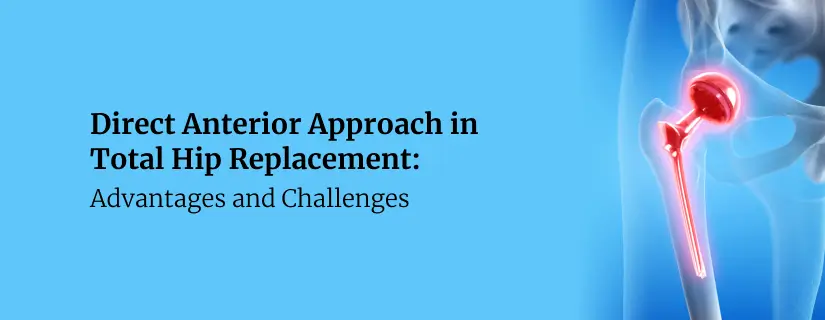
Direct Anterior Approach in Total Hip Replacement: Advantages and Challenges
10 April 2025
Read More
-

Zinc Deficiency: Signs and Symptoms, Causes, Treatment
9 April 2025
Read More
-

Chest Pain When Coughing: Causes, Treatment and Home Remedies
9 April 2025
Read More
-

12 Health Benefits of Eating Mushrooms
8 April 2025
Read More
-

7 Health Benefits of Blood Donation You Should Know About
8 April 2025
Read More
-
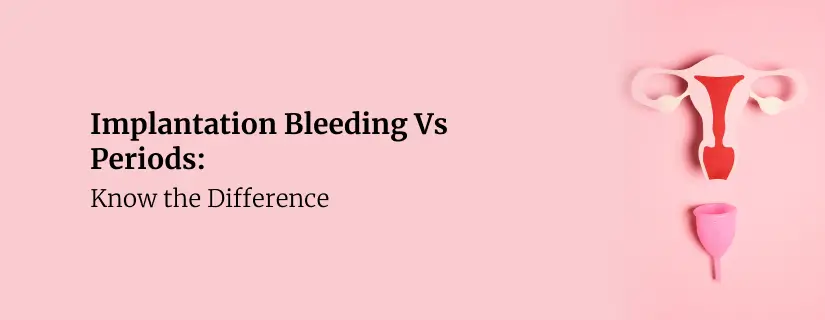
Implantation Bleeding Vs Periods: Know the Difference
28 February 2025
Read More
-

Bloating During Ovulation: Symptoms, Causes and Remedies
28 February 2025
Read More
-

Itching During Dengue: Causes, Treatment and Home Remedies
18 February 2025
Read More
Have a Question?
If you cannot find answers to your queries, please fill out the enquiry form or call the number below. We will contact you shortly.









